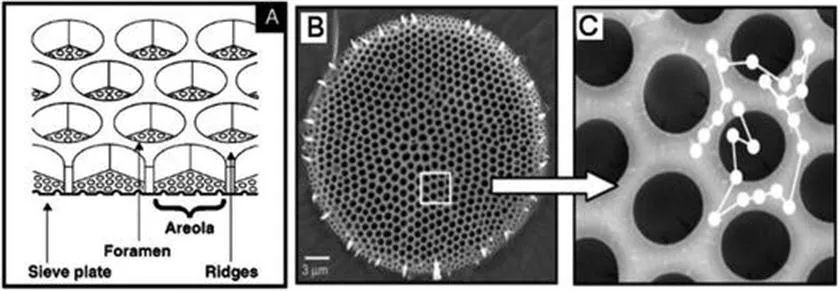
- 270 pages
- English
- ePUB (mobile friendly)
- Available on iOS & Android
About This Book
Diatoms are single cell algae composed of silica. They represent one of the most outstanding natural materials with exceptional structural, mechanical, optical, photonic and chemical properties optimized through millions years of evolution. The unique nano and micro silica structures of the material combined with its availability as a low cost mineral from diatomaceous earth are attractive for solving many of today's environmental, energy and health problems.
Diatom Nanotechnology provides a comprehensive overview of the material and its uses. The first part of the book looks at the distinctive porous silica structure of diatoms, the mechanism of their formation and their properties. Individual chapters then explore the broad range of their applications in nanotechnology including nanofabrication, optical biosensors, gas sensors, water purifications, photonics, drug delivery, batteries, solar cells, supercapacitors, new adsorbents and composite materials.
With contributions from leading international experts, the book represents an important resource for academics, researchers, industry professionals, postgraduate and advanced level undergraduate students providing them with the latest developments on this emerging and dynamic field.
Frequently asked questions
Information
1.1 Introduction
1.2 The Frustule in Context

1.2.1 The Chemical Milieu
Table of contents
- Cover
- Title
- Copyright
- Preface
- Contents
- Chapter 1 Whence Is the Diversity of Diatom Frustules Derived?
- Chapter 2 Interactions of Diatoms with Their Fluid Environment
- Chapter 3 Nanoengineering of Diatom Surfaces for Emerging Applications
- Chapter 4 Functionalization of Frustules From Diatom Cell Culture for Optoelectronic Properties
- Chapter 5 Micro- and Nano-optical Devices from Diatom Nanostructures: Light Control by Mother Nature
- Chapter 6 Immobilization of Proteins on Diatom Biosilica
- Chapter 7 The Potential of Modified Diatom Frustules for Solar Energy Conversion
- Chapter 8 Diatom Silica as an Emerging Biomaterial for Energy Conversion and Storage
- Chapter 9 Diatoms: A Natural Source of Nanostructured Silica for Drug Delivery
- Chapter 10 Diatomaceous Earth, A Natural Insecticide for Stored Grain Protection: Recent Progress and Perspectives
- Subject Index